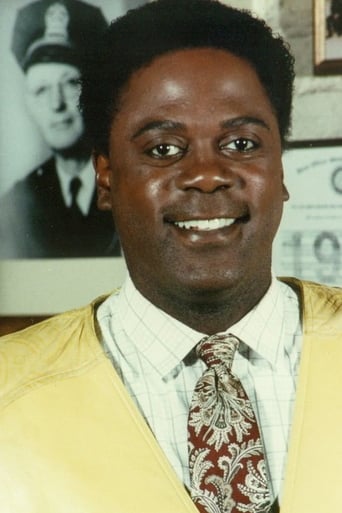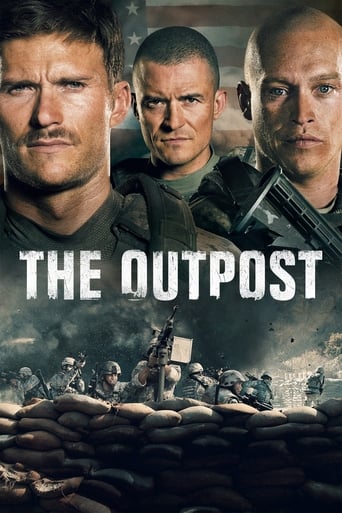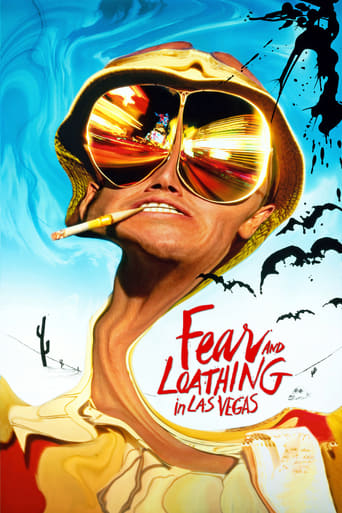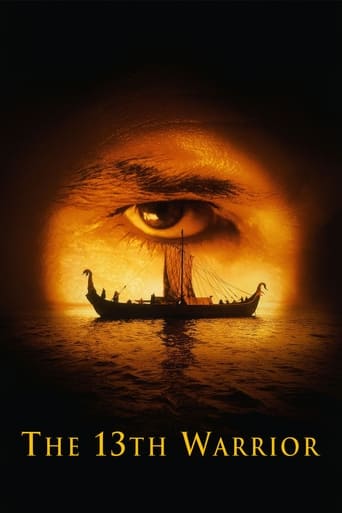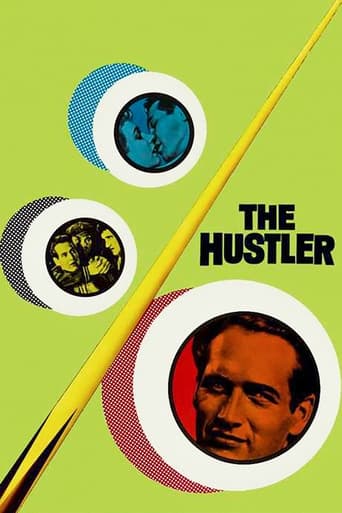Ragtime (1981)

A young black pianist becomes embroiled in the lives of an upper-class white family set among the racial tensions, infidelity, violence, and other nostalgic events in early 1900s New York City.
Watch Trailer
Cast


Similar titles
Reviews
This must be Milos Forman's best and greatest film. It's a complex story, I haven't read the recently deceased E.L.Doctorow's novel, but the film communicates the story well enough, nothing needs to be clarified (unlike for instance Kubrick's "2001" where the book was as clear as the film was utterly incomprehensible), while Forman's personal touch adds an important flavor of irony and distance to the tragedy, which quality you recognize with relish from his earlier films. The direction is completely satisfactory, Howard E. Rollins Jr and James Olson as the main leads match each other excellently and augment the impact and profundity of the tragedy, which really is one of integrity, while the real asset of the film is the panoramic set-up with almost Schlesingerian scenes of the everyday life of New York social life before the first world war, focusing on dancing halls, entertainments, banquets and even early cinematography scenes, in which you feel how much the director himself is enjoying it. James Cagney makes a remarkable appearance as the Police Commissioner 50 years after his days of glory in the 30s, and Brad Dourif is convincing enough as the renegade. Music has its special place in this film and is neither too dominating nor reduced in importance. Usually "One Flew Over the Cuckoo's Nest" and "Amadeus" are ranked as his best films, but the Kesey film has its flaws, there are better asylum films, like both Rossen's last film "Lilith" and Litvak's famous "The Snake Pit", and "Amadeus" is a terrible example of historical forgery - none of it is true, and everyone who knows anything about Mozart must object to this even exaggerated character assassination, turning one of the greatest composers into a caricature. "Ragtime" on the other hand gives a fair picture of American society and New York social life under Th. Roosevelt and is a success in realism. The film is so good that it's impossible to imagine that the novel underlying it could in any way have been reduced in quality and importance.
At the end you miss the point at the end. There is no explanation for the police commissioners action. It was stated in another review that this scene was cut, then you wonder what other stupid cuts were made. The main character did give up and come out so why was he shot? Also it was not explained why the wife left the husband with her children when it appeared the father was doing all the right things and being honorable. Why did she leave him? With the end just ending and missing these appears to me just to make no sense and the two plus hours was a waste of time to me. There are many characters in this film and they do not directly tie in so it is hard to keep track of why they are there.
I saw Ragtime back in the early 80s and it made a powerful impression. But seeing it again some 25 years later reveals a few weaknesses. The sequences with Elizabeth McGovern as Evelyn Nesbit are as effective as ever, but other sequences don't hold up as well. For example, Coalhouse Walker is introduced as a poor movie-theater pianist who gets a job as a member of a band, which gives him enough income to marry the woman whom he got pregnant. Yet in short order, he has a fancy car, and then after his humiliation by the bigoted Irish firemen, suddenly he has a gang of violent henchmen, and then he has an expensive supply of rifles, pistols, and dynamite. His gang and his armaments just appear; in reality there is no way a mere band piano player, however talented, would have these. And the scenario for his wife's fatal injury -- yelling in the midst of a presidential campaign crowd to get the vice-President's attention -- isn't convincing; police officers wouldn't fatally beat a slightly- built, well-dressed African-American woman just because she was shouting in the midst of a noisy crowd gathered around a campaigning politician. The film could easily have found a more plausible scenario in which police would over-react and hurt her fatally. Thus, the provocation that leads Coalhouse to conduct his reign of terror -- horse manure on his car, followed by official indifference, followed by his wife being fatally injured by police -- isn't the kind of action that would motivate a gang to unite around him. It is not all that hard to imagine a more convincing set-up for Coalhouse's rampage, so it is puzzling why the film seems to go out of its way to develop an implausible set-up. The extraordinary performance by Rollins in the role does a lot to correct this implausibility, but it is tantalizing to think of just how powerful a performance it could have been had the story been stronger. One strength of the film is that all of the characters are morally complex. Tateh, the immigrant who becomes a movie director, is outraged when he catches his wife cheating on him, but later, he is quite willing to romance a woman whom he knows is married and tempt her to leave her husband. The 'father' character is priggish and formal, yet shows himself the most truly courageous and idealistic person in the film.The 'mother' character is presented as the most moral person, caring for the abandoned baby and his mother despite their being African-American (a big issue for most whites in 1906) -- positions which her husband always supports, although after initial hesitation -- yet she leaves him without a qualm to go off with the movie director. One minor factual tid-bit for those who are interested: in the film, Evelyn Nesbit's husband Thaw is outraged because it is thought that a nude statue of the Greek goddess Diana the hunter ("Diana of the Tower") that adorns the top of Madison Square Garden is Evelyn's body as the model; Thaw finds it humiliating that all of New York can gawk at his wife's nakedness. While this works very well as drama, sadly, factually is it wrong. Nesbit was born in 1884 and never came to New York until 1901. The first version of the statue (18 feet high) went up on the top of the tower in 1891, but was too large; a second version, more lithe and fleet (13 feet high), went up in 1893. Evelyn was 7 when the first version went up, 9 when the second, and when she arrived in New York the second version had already been up for 8 years. The model for the body was Julia 'Dudie" Baird, a well-known artist model born in 1872 -- 12 years older than Nesbit. The model for the face was a different woman, Davida, also active in New York modeling circles, who was the sculptor's mistress.
Back in the day when Hollywood was grinding out B westerns it wasn't unusual at all to see famous folks of the west in stories that had absolutely nothing to do with their own lives or to see many famous people interacting when they never even met in real life.Ragtime revives some of that dubious tradition in filming E.L. Doctorow's novel about the Teddy Roosevelt years of the first decade of the last century. Teddy figures into this briefly as does his Vice President Charles Fairbanks. Booker T. Washington is here too, as are the principals of the Stanford White murder, and New York City Police Commissioner Rhinelander Waldo.It's quite a blend because Roosevelt and Fairbanks ran for re-election in 1904 as Fairbanks is shown delivering a campaign speech. He wasn't even Vice President then, just a Senator from Indiana. Fairbanks was running for Vice President because Roosevelt had no Vice President in his first term. He succeeded to the presidency when Willima McKinley was assassinated.The Stanford White murder took place in 1906 and was then called the crime of the century. Many such murders right up to O.J. Simpson were given that dubious distinction. And Rhinelander Waldo was not NYPD Police Commissioner until 1910 and he was much younger than James Cagney. Still and all E.L. Doctorow's book is made into a fine film which got a whole bunch of Academy Award nominations including Best Picture, Best Director for Milos Forman and Supporting player nominations for Howard Rollins, Jr. and Elizabeth McGovern.The main story is about Coalhouse Walker, Jr. a black ragtime pianist and his Sarah. She has his baby and they'd like to get married. But a whole lot of things, some of them peripherally connected to the true events and people previously mentioned that lead him and a gang to take possession of the Morgan Library and threaten to blow it up.Howard Rollins was a real tragedy. This was a great start to a short, but brilliant career that included his long running role as Virgil Tibbs in the TV series In the Heat of the Night and the film A Soldier's Story. He died way too young from AIDS contracted from a lot of intravenous drug use. Elizabeth McGovern is the famous Evelyn Nisbet, the girl on the red velvet swing which was the title of another film that dealt with the Stanford White murder. McGovern's performance is probably closer to the real Evelyn than Joan Collins was in that earlier film. She's basically a goldigger who juggled two men, her husband Harry K. Thaw and her upscale lover, society architect Stanford White. Her circus act led to White's death, Thaw's commitment to an insane asylum and a vaudeville career for her.Ragtime was eagerly awaited because of the anticipated return of James Cagney to the screen after being off for 19 years. Cagney is clearly aged, but he gets through the role because unlike that television film Terrible Joe Moran, he's not the center of the film, though he's first billed. Note that he's sitting down during most of his performance and when he has to stand the camera is a discreet distance. It's nothing like the bouncing Cagney of old, but light years better than Terrible Joe Moran.This was also the final joint appearance as it turned for the team that invented the buddy film, James Cagney and Pat O'Brien even though they have no scenes together. O'Brien is Harry K. Thaw's attorney and Mrs. O'Brien plays Thaw's mother under her maiden name of Eloise Taylor. She was an actress before she married Pat, but gave up her career to raise their four children. Author Norman Mailer plays Stanford White, fulltime architect and hedonist and Robert Joy plays the demented millionaire Harry K. Thaw and both fit the parts perfectly. Maybe one day we will have a definitive film version just concentrating on the murder and it's aftermath for the three principals.Milos Forman gave us a remarkable evocation of an exciting time in American history. It seemed that America had limitless possibilities then. I doubt they'll be saying that about the first decade of this century.





